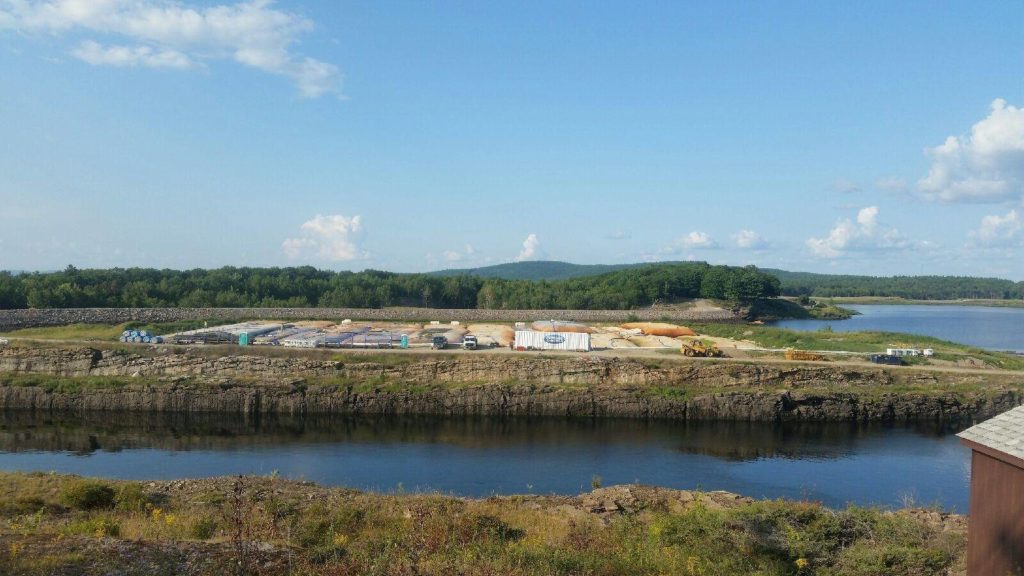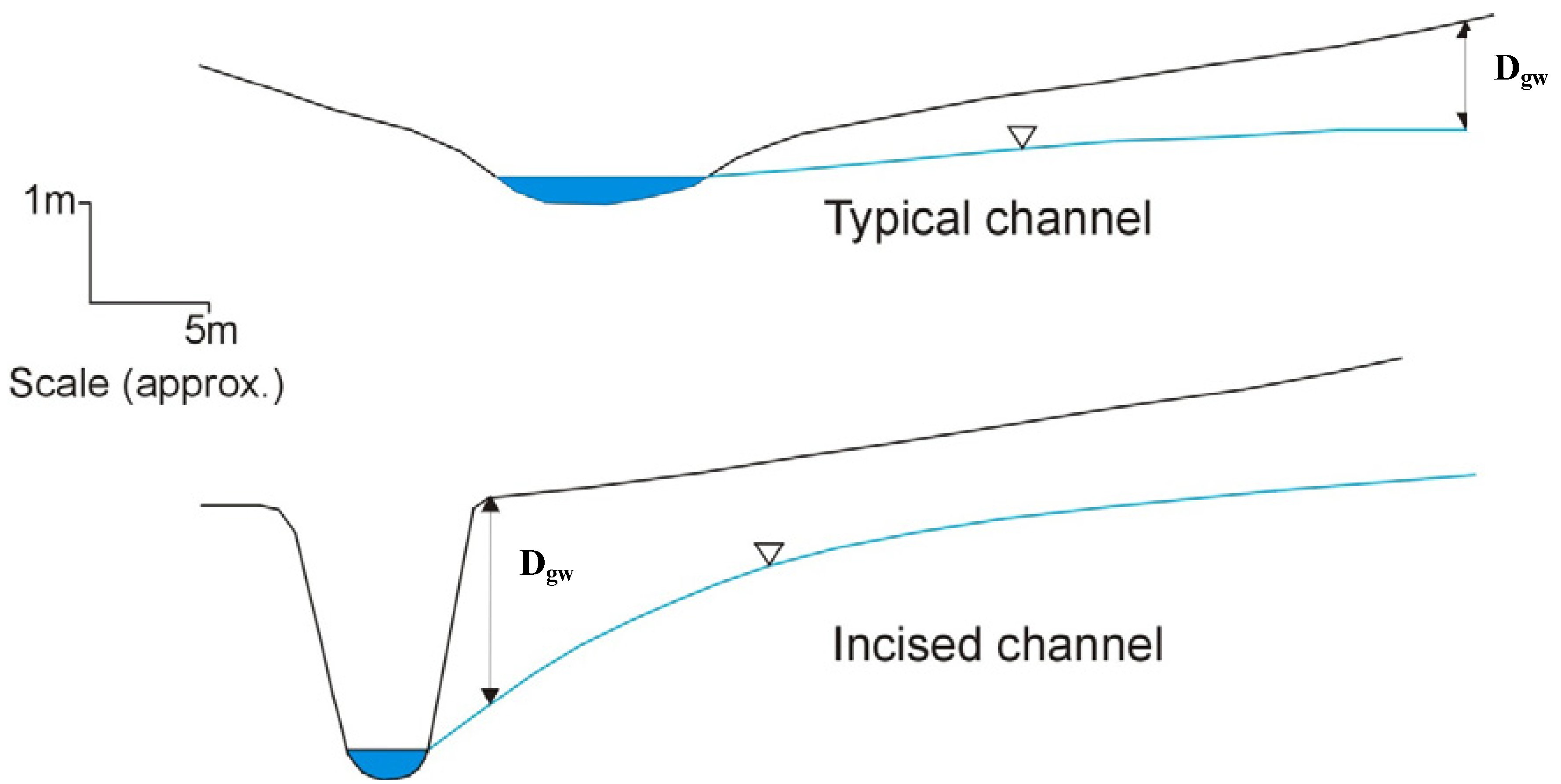

When the upper part of the soil is saturated with water at growing season temperatures, soil organisms consume the oxygen in the soil and cause conditions unsuitable for most plants.

Some examples of these are vernal pools (pools that form in the spring rains but are dry at other times of the year), playas (areas at the bottom of undrained desert basins that are sometimes covered with water) and prairie potholes. However, many important specific wetland types have drier or more variable water systems than those familiar to the general public. Swamps, marshes and bogs are well-recognized types of wetlands. In more common language, wetlands are areas where the frequent and prolonged presence of water at or near the soil surface drives the natural system meaning the kind of soils that form, the plants that grow and the fish and/or wildlife communities that use the habitat. Environmental Protection Agency (EPA) since the 1970s for regulatory purposes. Army Corps of Engineers (Corps) and the U.S. Wetlands generally include swamps, marshes, bogs, and similar areas." - Definition of wetlands as used by the U.S. "Wetlands are areas that are inundated or saturated by surface or ground water at a frequency and duration sufficient to support, and that under normal circumstances do support, a prevalence of vegetation typically adapted for life in saturated soil conditions.


 0 kommentar(er)
0 kommentar(er)
